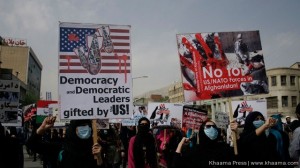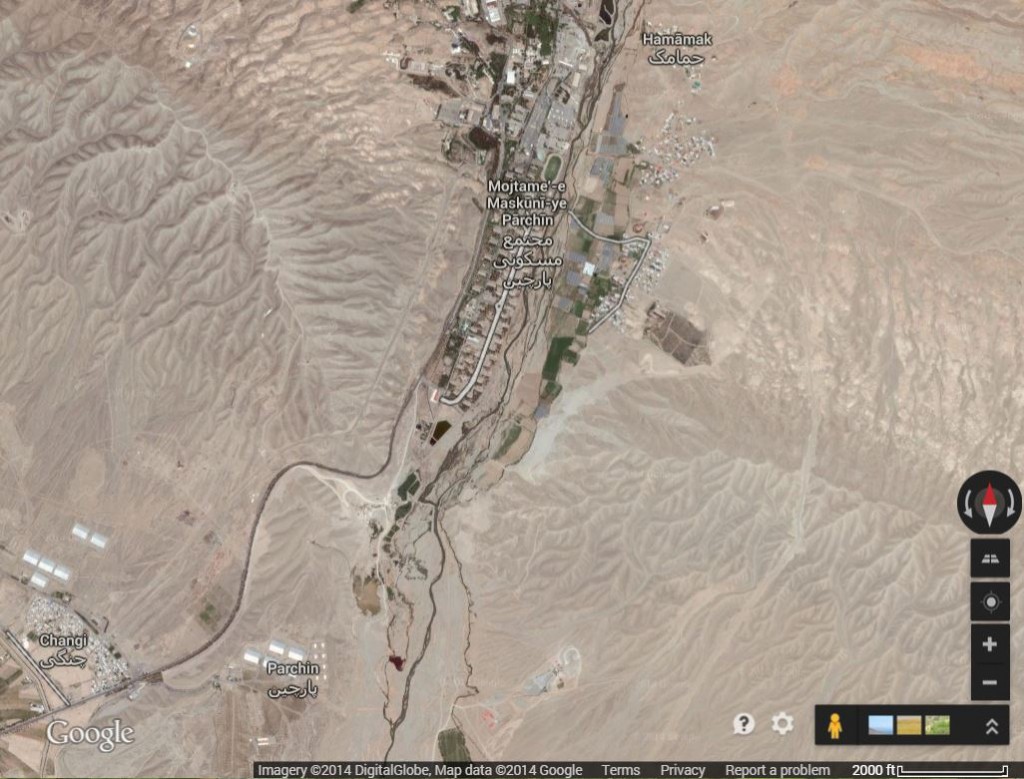US Feeding its Addiction to Training Iraqi Military
Political and military leaders in the US are hopelessly addicted to the idea of training an Iraqi military. Never mind that it fails every time a “new” initiative on training is introduced. As soon as the situation in Iraq deteriorates, the only idea that Washington can put forward is train more Iraqi security forces. As soon as genius Paul Bremer disbanded the Iraqi military and banned Saddam’s Baath party, training a new force became central to US activities in Iraq even though Bremer’s move had made it impossible.
David Petraeus, the ass-kissing little chickenshit himself, first led the training effort and was given several Mulligans. He burst on the political scene in 2004, penning an op-ed in the Washington Post in which he spouted fictitious numbers on accomplishments in training and perhaps helped Bush to re-election. He then was hailed again by the press as the perfect leader to train Iraqi forces in 2007, with no discussion of what happened to all those forces he “trained” earlier. And now that Iraqi forces fled their posts in droves ahead of ISIS, the only solution our fearless leaders can imagine is for us to once again train Iraqi forces.
Not only are we getting another fix for our training junkies, but Chuck Hagel is accelerating the effort:
U.S. Defense Secretary Chuck Hagel said on Sunday the Pentagon will accelerate its mission to train Iraqi forces to combat Islamic State militants, using troops already in Iraq to start the effort while funding is sought for a broader initiative.
The quest for more funding had been announced earlier by Obama:
Hagel’s announcement follows President Barack Obama’s Nov. 7 decision to roughly double the number of U.S. troops in Iraq, adding 1,500 military personnel to establish sites to train nine Iraqi brigades and set up two more centers to advise military commands.
Obama also sought $5.6 billion in funding from Congress for the initiative, including $1.6 billion to train and equip Iraqi forces. Officials initially said the funding would have to be approved by Congress before the new effort could begin.
Translating from military-speak, nine brigades in US forces means between 27,000 and 45,000 troops. So Obama wants $1.6 billion to train a few more tens of thousands of Iraqi troops. We have already spent many more billions to train several hundreds of thousands of Iraqi security forces. Several times. Why on earth would anyone think it will go any better this time?
Of course, one bit of information feeding the desire for the junkies is that Iran now openly admits that they have advisors in Iraq helping the military:
A senior Iraqi official lauded Iran’s assistance to Iraq in fighting terrorist groups, including the ISIL, and said the Iranian military advisors played an important role in freeing Jarf Asakhr in the Musayyib district in the North of Babylon province.
“The Iranian advisors were present in the battle ground during the Jarf Asakhr operations and provided excellent counselling to the fighters of popular front,” Governor-General of Karbala province Aqil al-Tarihi told FNA on Sunday.
Stressing that the cleanup and liberation operations in Jarf Asakhr were all carried out by the Iraqi forces, he said, “Iran helped the success of the operations with its useful consultations.”
Late September, Deputy Chief of Staff of the Iranian Armed Forces Major General Gholam Ali Rashid announced that Iran’s military advisors were present in Iraq, Lebanon and Palestine to provide those nations with necessary military recommendations.
Besides bragging about their advisors in Iraq, Iran is having a lot of fun trolling the US on its misadventures in Iraq. We know, of course, that ISIS has come into possession of large amounts of US-provided weaponry as Iraqi bases have been seized and that there have been reports of US airdrops of supplies and weapons missing their targets. Iran provided this hot take on those developments today:
Iraqi intelligence sources disclosed that US military planes have been supplying the Islamic State of Iraq and the Levant Takfiri terrorists with weapons and foodstuff under the guise of air raids on militants’ positions.
The Iraqi forces have found out that the US aircraft usually airdrop arms and food cargoes for ISIL militants who collect them on the ground, Asia news agency quoted Iraqi army’s intelligence officers as saying.
“The Iraqi intelligence sources reiterated that the US military planes have airdropped several aid cargoes for ISIL terrorists to help them resist the siege laid by the Iraqi army, security and popular forces,” added the report.
On Saturday, Iraqi security sources disclosed that the ISIL terrorist group is using the state-of-the-art weapons which are only manufactured by the US and each of their bullets are worth thousands of dollars.
“What is important is that the US sends these weapons to only those that cooperate with the Pentagon and this indicates that the US plays a role in arming the ISIL,” an Iraqi security source told FNA.
The source noted that the most important advantage of the US-made weapons used by the ISIL is that “these bullets pierce armored vehicles and kill the people inside the vehicle”.
He said each of such bullets is worth $2,000, and added, “These weapons have killed many Iraqi military and volunteer forces so far.”
Well, gosh. If ISIS has all those sophisticated weapons we originally gave to Iraq, the only answer is to send more of those sophisticated weapons to Iraq and train more Iraqi troops. Who will once again abandon their posts, leaving the weapons for the next opponent to seize…



